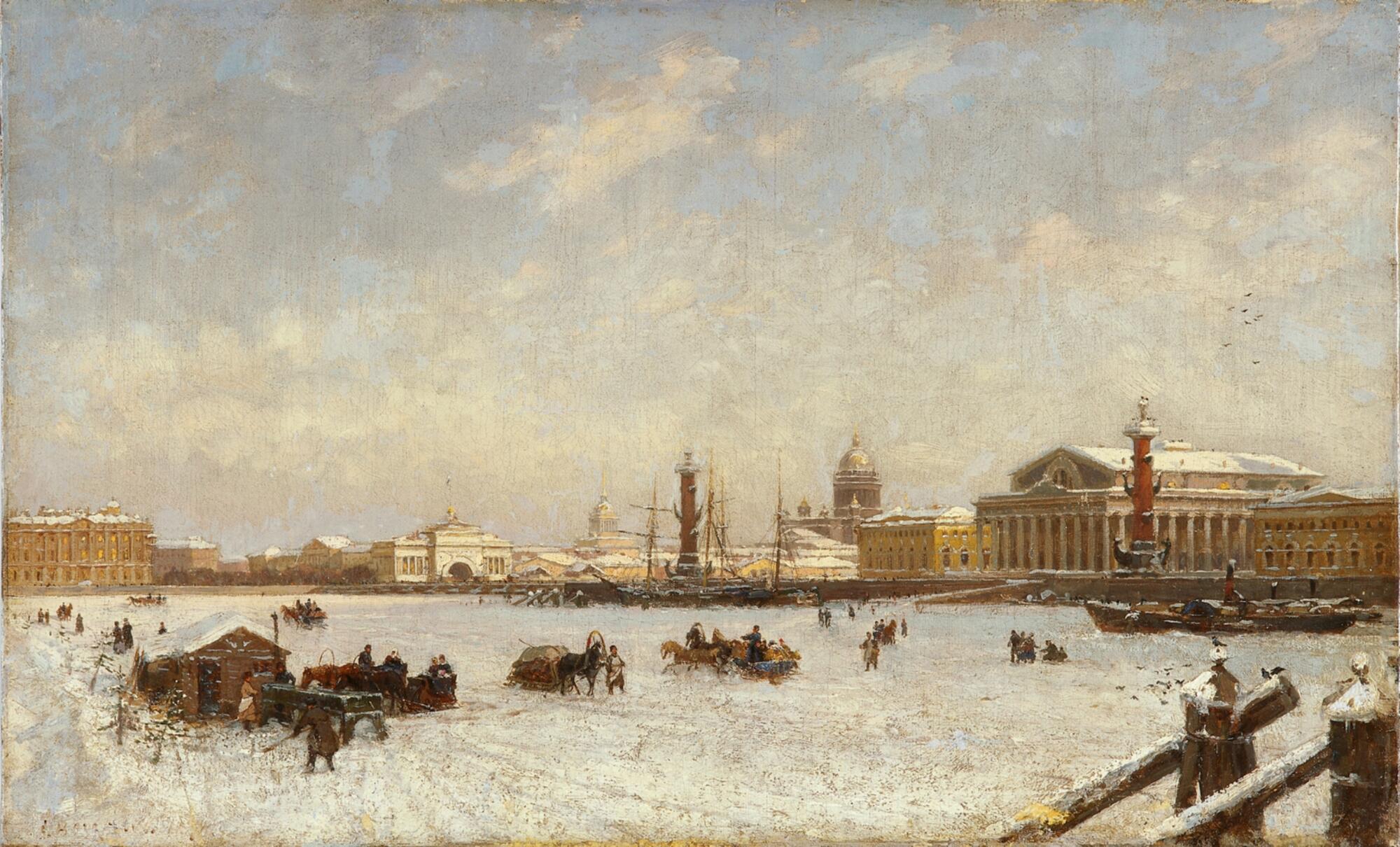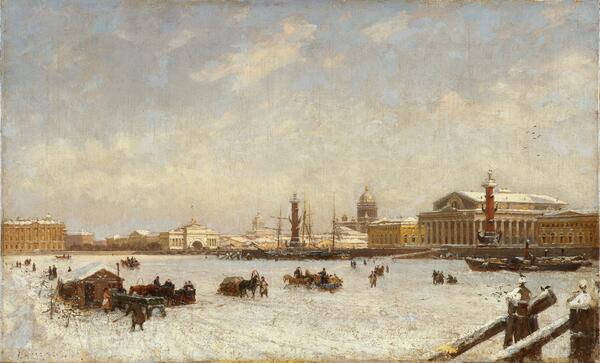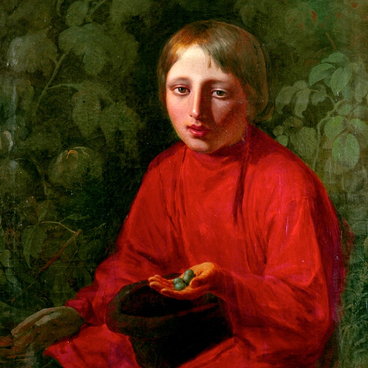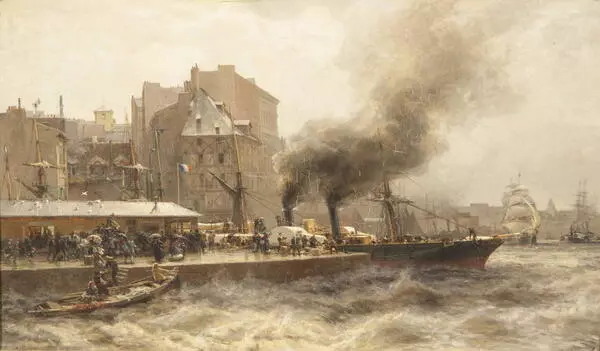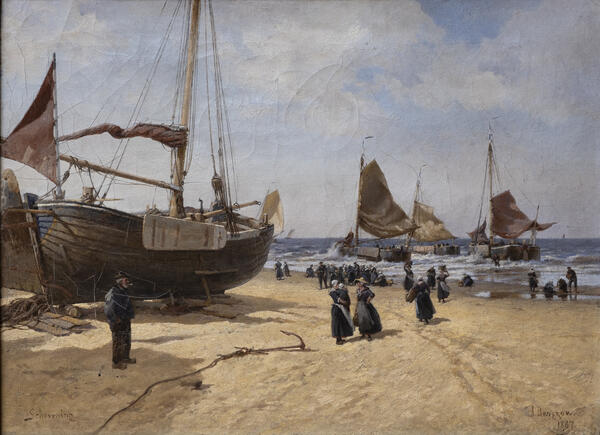In the last third of the 19th century, Russian landscape painting entered a new stage in its development. The atmosphere conveyed by the painting became more important than the perfectly painted nature. While the classicists believed that only perfect views deserved to be preserved in paintings, realist artists tried to demonstrate the beauty of ordinary places. ‘Improved’ landscapes became alien to the society where democratic sentiments emerged.
At the same time, Russian artists mastered the modern European painting experiences. Architectural and urban landscapes became popular abroad. Alexey Bogolyubov was one of the few who first began to adapt the ideas of the German and French landscape schools in the late 1850s. Bogolyubov became a professor at the Academy of Arts and taught several generations of Russian landscape painters.
Alexander Beggrov was one of his students. He was born in 1841 into the family of the Petersburg watercolorist and lithographer Karl Joachim Beggrov, an academician of the Imperial Academy of Arts. From 1853 to 1863, Beggrov studied in Saint Petersburg, at the Nikolayev Engineering and Marine Engineering and Artillery Schools. He created his early paintings under the impression of the French marine painter Louis Isabey, the court painter of the King of France Louis Philippe I. Alexander Beggrov did not paint in oils exclusively; he also created watercolors.
In 1874, the artist joined the Society of Travelling Art Exhibitions.
Beggrov’s paintings were popular even when the artist was still alive, and reproductions of some of them were published by the Russian magazines “Niva”, “Sever” and “Vsemirnya Illustratia”. The Imperial Academy of Arts awarded Beggrov in 1899 with the title of academician of painting, and in 1912, awarded him the title of Honorary Member of the Academy of Arts.
The exhibition of the Chelyabinsk State Museum of Fine Arts displays the winter city landscape by Alexander Beggrov. The artist depicted Saint Petersburg. In the foreground one can see the frozen Neva covered with snow, and there is a sleigh with people and luggage on it.
At the same time, Russian artists mastered the modern European painting experiences. Architectural and urban landscapes became popular abroad. Alexey Bogolyubov was one of the few who first began to adapt the ideas of the German and French landscape schools in the late 1850s. Bogolyubov became a professor at the Academy of Arts and taught several generations of Russian landscape painters.
Alexander Beggrov was one of his students. He was born in 1841 into the family of the Petersburg watercolorist and lithographer Karl Joachim Beggrov, an academician of the Imperial Academy of Arts. From 1853 to 1863, Beggrov studied in Saint Petersburg, at the Nikolayev Engineering and Marine Engineering and Artillery Schools. He created his early paintings under the impression of the French marine painter Louis Isabey, the court painter of the King of France Louis Philippe I. Alexander Beggrov did not paint in oils exclusively; he also created watercolors.
In 1874, the artist joined the Society of Travelling Art Exhibitions.
Beggrov’s paintings were popular even when the artist was still alive, and reproductions of some of them were published by the Russian magazines “Niva”, “Sever” and “Vsemirnya Illustratia”. The Imperial Academy of Arts awarded Beggrov in 1899 with the title of academician of painting, and in 1912, awarded him the title of Honorary Member of the Academy of Arts.
The exhibition of the Chelyabinsk State Museum of Fine Arts displays the winter city landscape by Alexander Beggrov. The artist depicted Saint Petersburg. In the foreground one can see the frozen Neva covered with snow, and there is a sleigh with people and luggage on it.
